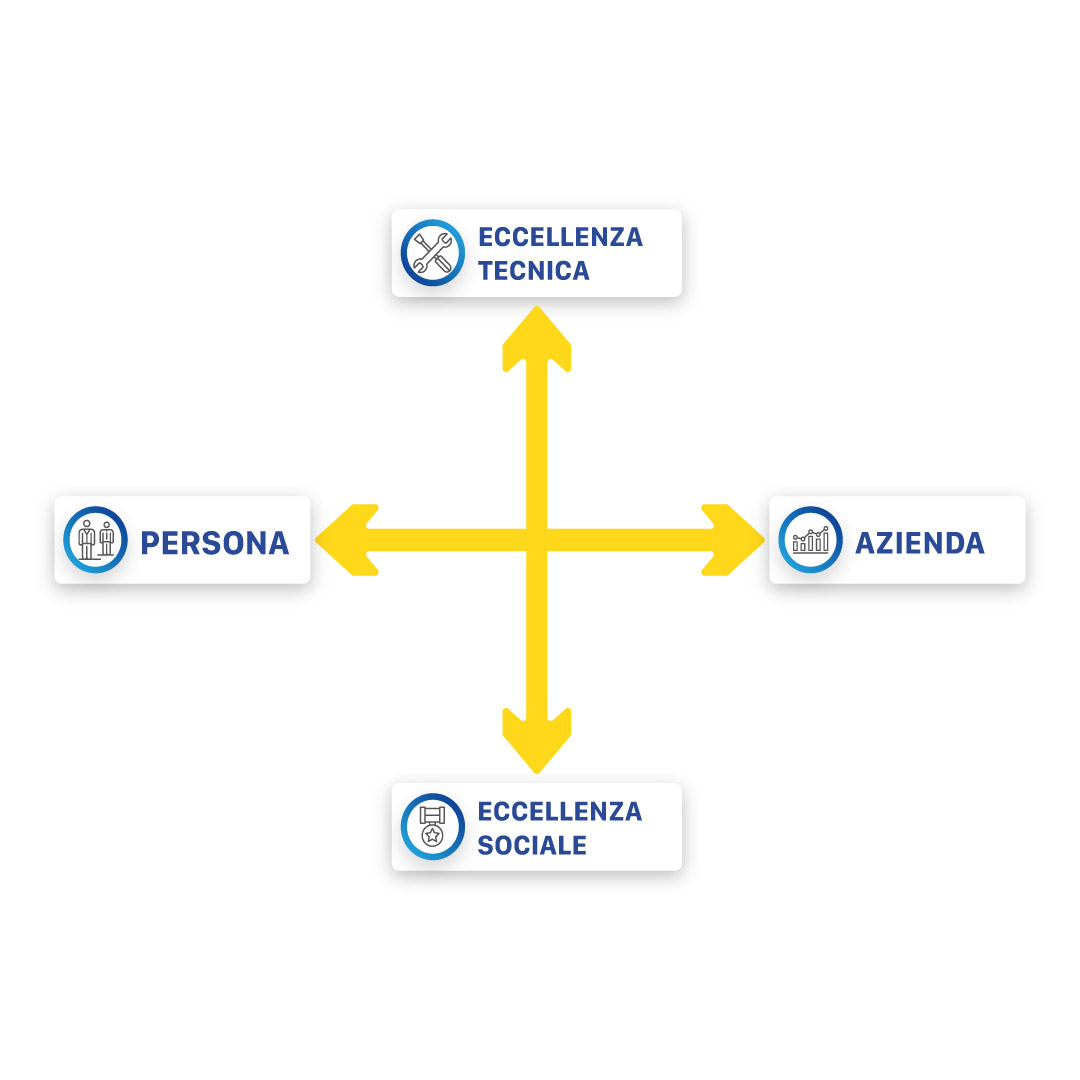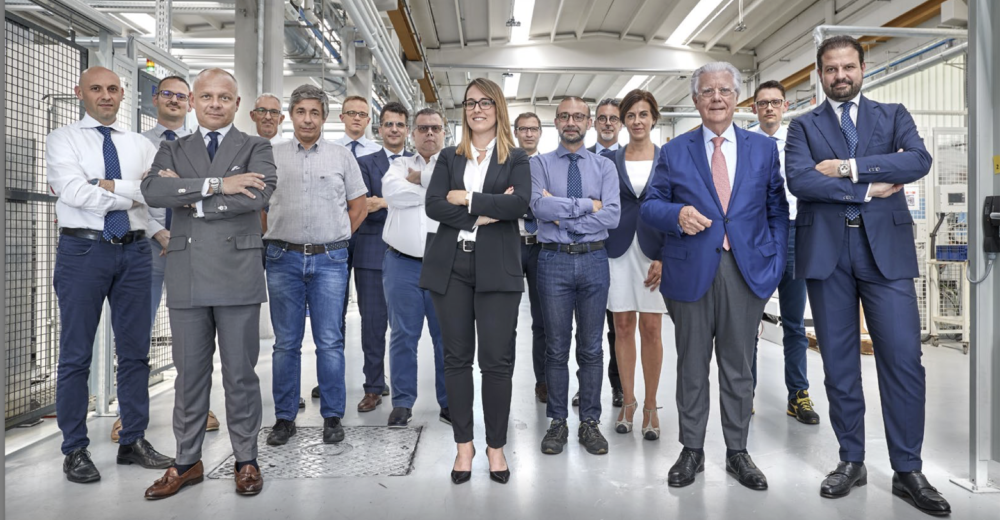Great Resignation: An unwanted side effect of innovation?

Indice
Innovate or attract and retain talents?
According to a recent study published in the MIT Sloan Management Review – “Toxic Culture Is Driving the Great Resignation” – innovation ranks third among the factors contributing to the difficulty of retaining employees.
The most innovative companies, such as SpaceX, Tesla, NVIDIA, and Netflix, are experiencing a higher resignation rate than their more conservative competitors. This applies not only to the most technologically intensive sectors but also to the more traditional ones.
These results are not based on a limited amount of evidence but on an in-depth analysis of 34 million profiles of American workers, identifying those who have changed jobs in the last 6 months.
There must be a mistake… Innovation can’t contribute to the Great Resignation phenomenon… if anything, it’s the opposite!

But how can we explain these results, which contradict the common belief that the most innovative companies are better at attracting and retaining talent? Several clients I’ve worked with saw innovation as a stimulating and exciting activity, like an “oasis” where they could recharge their mental energy after hours spent on everyday problems or repetitive, unfulfilling tasks. In several cases, people involved in innovation projects have told me, “Thank goodness there are also these activities!” or “This two-hour weekly window where we design tomorrow’s innovations is like a breath of fresh air!” or even “I wish every day was like this.”
The paradox: innovation encourages resignations
So, how should we interpret the analysis results and the article’s thesis?
According to the author, this counterintuitive result can be explained by the fact that constantly pushing for innovation requires people to spend more time at work and endure a greater amount of stress compared to what is experienced in more conservative contexts.
Innovation itself is neither exciting nor stressful. The real question is how I innovate.
In fact, innovation can become a stressful activity, devoid of gratification, and in some cases distressing if, for example, extremely ambitious innovation targets are set without providing people with the best conditions to achieve them.
What will happen to people’s enthusiasm and morale if they are asked to think outside the box and be creative, but then the person evaluating their ideas continues to think in the same old way?
Or what happens if, during the development of a high-potential innovation, it is gradually “weakened” to “adapt” it to existing production processes or established business logic?
A broad problem…
To understand this paradox, where more innovative companies may be less attractive and have higher resignation rates compared to less “aggressive” market players, we must recognize that creating an environment where innovation is stimulating and enriching, attracting and retaining talent, depends on several closely linked elements.
On the one hand, there is undoubtedly the corporate level, represented by management, which must strive to create the right conditions for innovation.
On the other hand, there are individuals who share equal responsibility with management in creating an environment conducive to innovation.
One example above all: evaluating ideas is the responsibility of management. Structuring ideas correctly, starting from the customer’s needs rather than the available technology, is the responsibility of individuals. It’s difficult to make a correct assessment without properly structuring the ideas, and vice versa.
In addition, to create an environment that makes innovation stimulating, I must consider both technical excellence, which includes processes, tools, and idea collection systems, and social excellence, which involves the interactions between different people and how they combine their resources to achieve a greater goal.

Skillfully balancing the elements of the 4 quadrants helps create a company where great results in innovation can be achieved, while also ensuring the well-being and peace of mind of those involved in innovation.
This approach allows us to address and resolve the trade-off between pursuing great innovative performance and the ability to attract and, most importantly, retain our talents.
In other words, it is possible to move in the direction of a Lean Lifestyle Company, a company where you can achieve results in the short term and at the same time cultivate great long-term entrepreneurial dreams, without having to choose one or the other.
Always design a thing by considering it in its next larger context – a chair in a room, a room in a house, a house in an environment, an environment in a city plan. (E. Saarinen)
In the next issue of the blog, we will see 4 practical tips to start creating an environment that makes innovation not only possible constantly, but also a high added value activity, stimulating and enriching for those who work in the company.
Articolo a cura di:

Gabriele Colombo
Know How & People Development
He has developed his skills especially in the field of innovation according to the logic of design driven by applying the concepts in the area of research and development in companies of international character. He was responsible for the definition, planning and execution of research and consultancy programmes related to the world of innovation and continuous improvement; His experience is added to the role of teacher of Project Management and Innovation Management in courses dedicated to business executives at the School of Management of the Politecnico di Milano.
Partner of Lenovys since 2021.
Read more
Prossimi eventi










